Have you ever left your car in the parking lot and found puddles of coolant leakage beneath it? If you do, there is no need to panic. However, it is essential to check the cause of your car leaking coolant and address the problem to avoid costly engine repairs.
So, why is my car leaking coolant? Leaking coolant results from a damaged head gasket, faulty radiator, or broken hoses. A faulty water pump may also lead to coolant leakage. To address these problems, repair or replace the damaged part accordingly and maintain regular maintenance on your car.
This article reviews the common causes and solutions to car coolant leakage problems. It also covers the importance of a proper balance of coolant. In addition, it gives maintenance tips on how to prevent coolant leak issues.
The Importance Of The Proper Balance Of Coolant In The Cooling System
Engine coolant is essential in cooling the engine parts when in operation and preventing rusting and corrosion of cooling system parts. But too much coolant will overflow or burst and leak the system when heated.
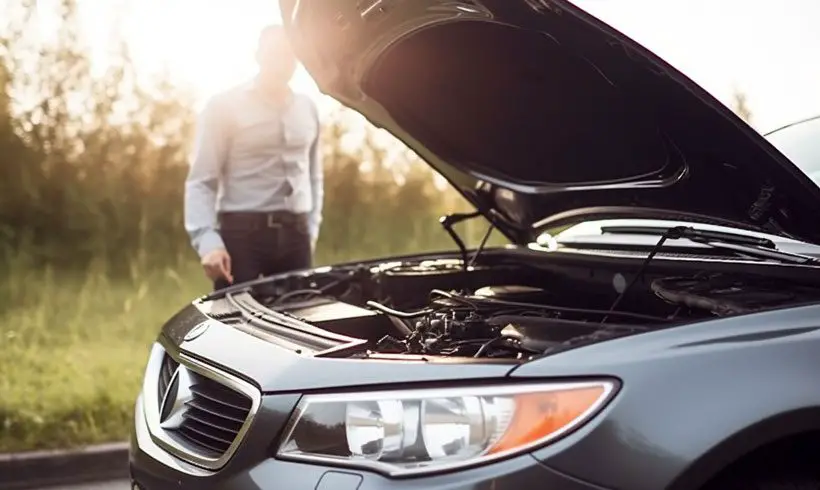
On the other hand, insufficient coolant levels cause the engine to overheat and exposed cooling parts to corrode. Therefore, cooling system balance is essential in the following aspects.
- It helps avoid engine overheating as a result of insufficient coolant. When the coolant levels drop below the minimum, the cooling effect is reduced, and the engine overheats causing damage to other parts.
- Filling the coolant to the brim, leaving no space for expansion, causes leaks or overflowing of the coolant once it expands. So, balance the coolant to leave expansion space when the coolant gets heated.
If you must add water in an emergency, balance the dilution to a coolant with a water ratio of 4:6. Maintain the pH between 8.0 and 9.0 for optimal operation.
Diagnosing Car Coolant Leaks
Issues with the car coolant are often characterized by a hot engine, overheating, or running too cold. Diagnosing coolant leaks requires one to observe the behavior of the car and the cooling system as a whole.

Listed herein are ways of diagnosing car coolant leaks.
Checking For Visible Leaks
Any leaking car coolant will reach the ground unless the leakage is minimal.
- To confirm leakages, check beneath the car; you will notice pools or spots of colored liquid oozing from the cooling system.
- Scoop some of the leaking fluid and smear it on plain white paper. Oil will appear brown or black while water wets the paper leaving it clear. But coolant leakage will show green, pink, or orange, depending on the color of your coolant.
- Since some leakages might be small, leave your car idling in the parking lot for 30 minutes and check for any leakage.
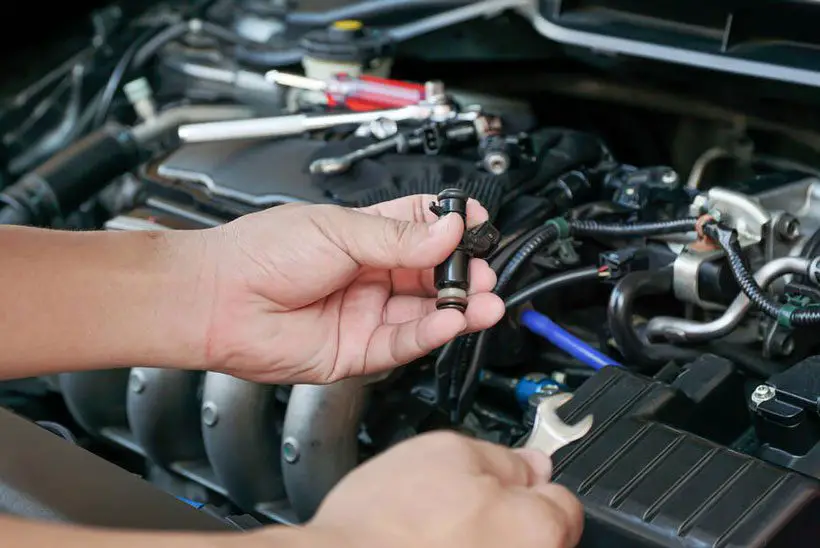
Monitoring Coolant Levels
Check the coolant levels if you suspect car coolant leakage by following the steps below.
- Allow the engine to cool down – an average of 15 to 30 minutes
- Pop the hood open and further confirm that the machine is cool
- Locate the coolant reservoir, which appears transparent
- Monitor the coolant level from the calibrations on the side of the reservoir
- If needed, open the lid and virtually monitor the status
- Check the coolant levels after 3 to 4 days of use and record changes. If the coolant levels drop drastically, the coolant may be leaking
Inspecting The Radiator And Hoses
The cooling system consists of parts that get worn out with time due to high pressure and extreme temperatures. If you suspect a leakage in the system, you need to check the radiator, hoses, and reservoir for possible leaks.
- Inspect the radiator for possible cracks or broken cases.
- Check the radiator cap for damages that may be causing a leak.
- You also need to inspect the hose system containing coolant for burst pipes and loose connections that may leak the coolant.
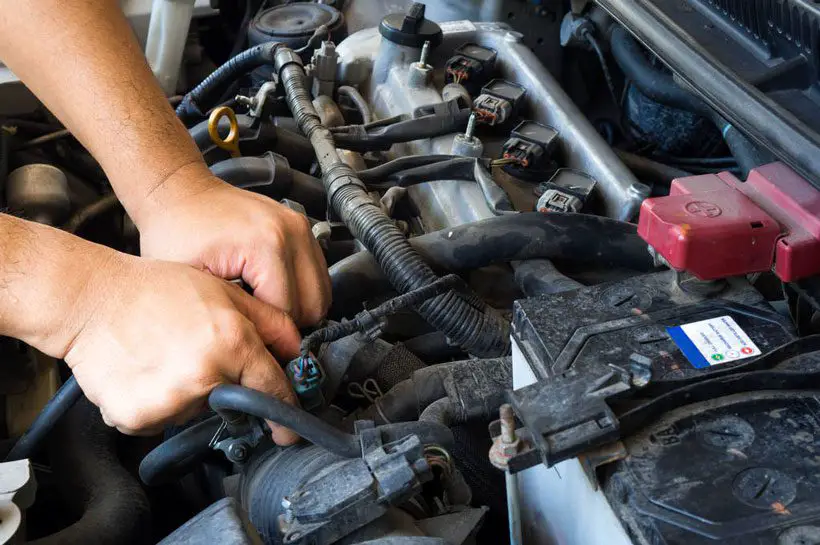
Monitoring The Temperature Gauge
The first indication of a coolant leak is the temperature gauge with a light sign that displays red when the engine is overheating. The light should remain blue at average temperature, meaning the coolant works efficiently.

Check for possible coolant leakage if you notice the temperature gauge exceeding the limit or falling below the required standard.
Common Causes Of Car Coolant Leaks
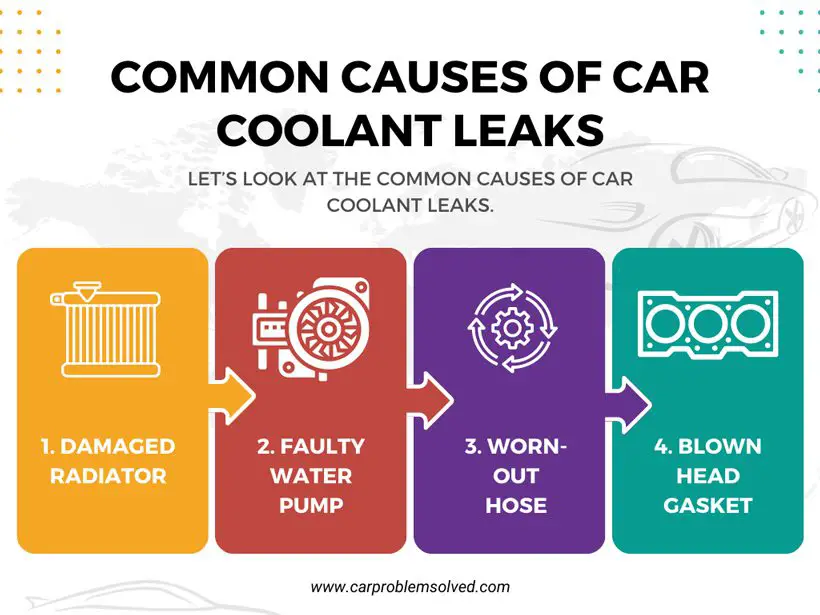
Let’s look at the common causes of car coolant leaks.
1. Damaged Radiator
A radiator is essential in conducting heat away from the engine. The heat can be blown via the AC to heat the inside of the car or allowed to be lost into the surrounding.
Radiators may be broken or cracked from the frequent heat changes in the coolant inside. They become weak and brittle with time or damaged by stones or rough, uneven roads. The heated coolant expands these weak points and leaks, lowering the coolant level and efficiency.
A radiator cap is meant to close the top opening for pressure build-up. A weak or damaged cap will cause the coolant to boil and overflow or leak.
2. Faulty Water Pump
The water pump provides pressure to push the coolant through the cooling system as it cools the engine. A faulty water pump offers insufficient pressure for the coolant.
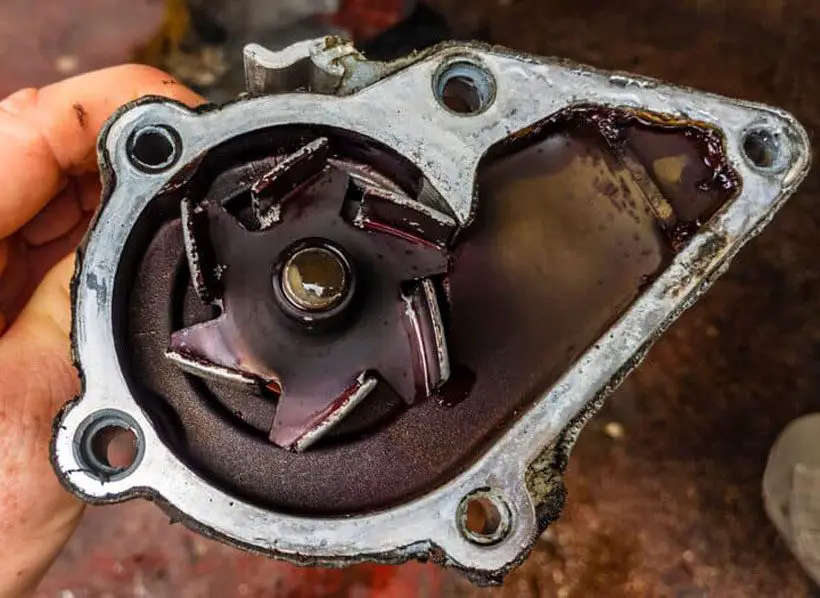
Sometimes, the coolant may stay put without flowing, leaving some parts dry as the coolant doesn’t reach them. The exposed portions may corrode and rust, creating weak points for coolant leakage.
3. Worn-out Hose
The cooling system is made up of hoses that carry coolant in them. If a hose is broken, cracked, or loosely connected, it causes coolant leakage, especially when heated.
And the high pressure and temperatures, especially when driving long distances, can cause a slight leak to expand and damage the whole piping system.
4. Blown Head Gasket
The head gasket prevents engine oil from mixing with the coolant. A damaged or blown head gasket allows coolant leakage into the combustion chamber leading to engine overheating.
However, the head gasket might be cracked from engine vibrations or accidents that hit the engine block. At times, the leakage may be to the outside, where coolant leaks on the engine block’s outer parts.
Solutions For Addressing Car Coolant Leaks
The identified causes of car coolant leakage must be addressed before causing more harm to other engine parts. Below are the solutions to the common causes of coolant leaks.
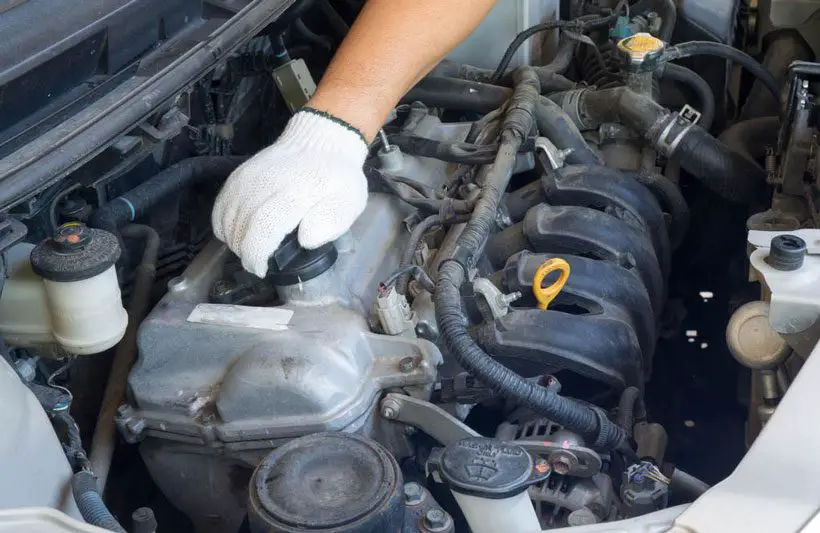
1. Repairing or Replacing the Radiator
A damaged radiator beyond repair should be replaced with a similar radiator compatible with the cooling system. Replacing a radiator will cost between $500 and $1,500 for the parts and labor. You need a screwdriver to loosen the screws and clippers holding the radiator in place.
For a radiator with minor damages, have it repaired by filling or soldering the cracks. For a broken radiator cap, replace it with its exact OEM part to ensure a tight seal following the steps below.
- Allow the radiator to cool down for about 15 minutes
- Turn the radiator cap in an anticlockwise direction to open the damaged cap
- Clean any debris stuck on the threads and rust if any
- Install a new cap by pressing as you turn it in a clockwise direction
- Check to ensure the threads on the cap and the entrance hole align
A radiator cap costs between $10 and $50 inclusive of labor.
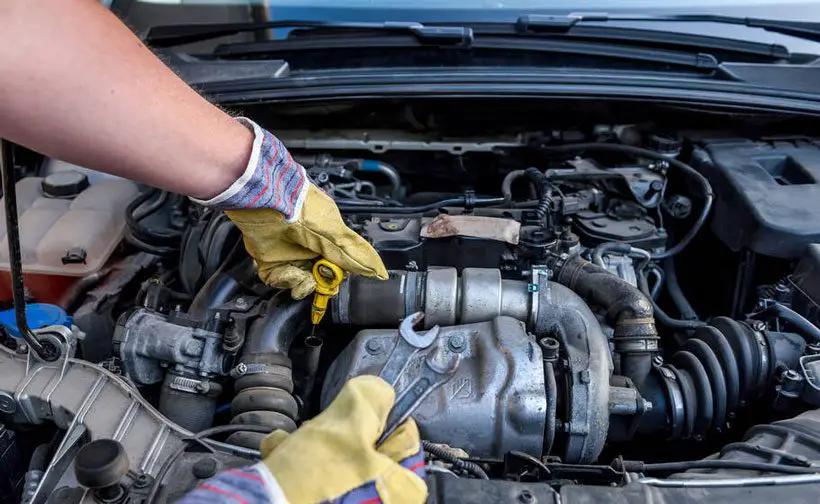
2. Repairing or Replacing the Water Pump
A faulty water pump can be repaired according to the specific damaged parts. Consult a mechanic to inspect the pump and fix the defective parts. Depending on the damaged parts, labor and replacement parts cost between $80 and $200.
If the water pump is completely damaged, replace it with its exact OEM spare part with the correct horsepower. Use the following step by step DIY process.
- Disconnect hoses connected to the water pump by loosening the clippers and bolts
- Detach the battery connection and disconnect the electrical wiring attached to the pump
- Unscrew bolts and nuts holding the water pump to the car. Remove any connections attached to the pump and dislodge it
- Install a new water pump and fasten it using bolts and nuts
- Connect electrical wiring back and reinstall the battery connection
- Fix back hoses and piping to the pump. Fasten the hoses to withstand pressure from the pump
3. Replacing the Hose
Burst hoses or broken pipes need to be replaced with the right size and type of hoses. You can replace the whole hose system or a faulty part. If the leakage is small, you can repair it with water-resistant adhesives sealing the cracks.
To repair a worn-out hose, follow the steps.
Step 1: Identify the damaged hose by manual inspection. Also, check on hoses with coolant oozing from them
Step 2: Clean and dry the part by scrubbing the dirt and top layer for better adhesion
Step 3: Get an adhesive sticker and apply water-resistant adhesives on both the sticker and the torn part
Step 4: Seal the leakage and hold the repair tightly for about 15 minutes before starting the engine. You can also use rubber to wrap the restoration in place
To replace a piece or entire hose system, unclip and loosen the joints to dismantle the hose. It costs between $30 and $100 to replace an entire hose system but the cost can vary depending if you want to replace a part.
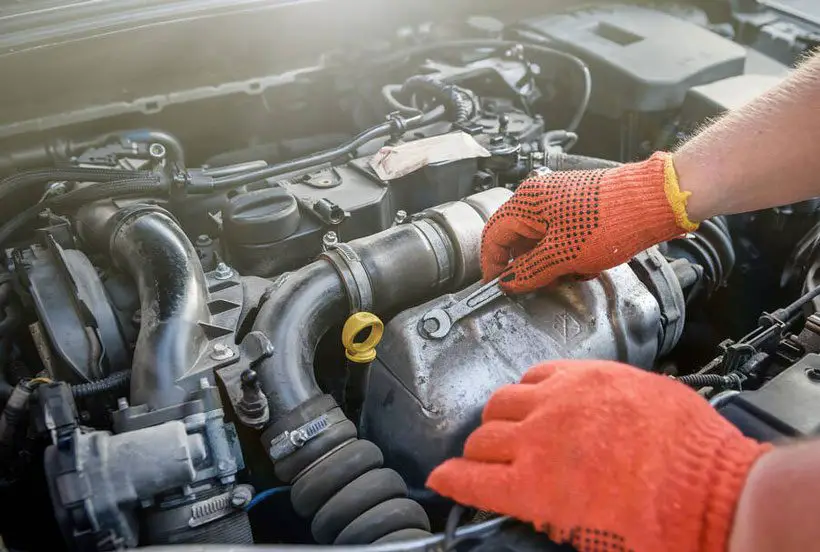
4. Fixing the Blown Head Gasket
A blown head gasket can be repaired if the damage is minimal. However, if the damage is beyond repair, you may have to replace the head gasket, which costs between $1,500 and $2,000, including labor costs.
Being a sensitive engine accessory, consult a professional mechanic to replace or repair the head gasket since it’s too complicated and requires high level skills. If the gasket has a faulty seal, consider replacing it with a new seal.
Preventive Maintenance Tips For Avoiding Coolant-Related Problems
Coolant leakage is expensive to repair, and if not corrected, it causes damage to other engine parts. Therefore, follow the following preventive maintenance tips to avoid coolant-related problems.

Regular Maintenance
Perform regular maintenance on your car depending on your car usage frequency. You can have the vehicle maintained and serviced twice per year. Ensure the engine oil is changed frequently to avoid engine overheating.
Coolant System Checks
Have the cooling system checked at least three times a year. Running your car with overused coolant causes overheating since the coolant is not efficient enough.
Top up your coolant with the right type of coolant. Add ethylene glycol and corrosion inhibitors to prevent freezing, rusting, and corrosion.

Monitoring Temperature Gauge
The temperature gauge displays changes in temperature in the engine on the dashboard. Monitor the signal to be able to solve any coolant problem before it escalates.
If the light turns from standard blue to red, check for possible coolant problems.
If you’re dealing with a coolant leak in your car, it’s essential to also understand why your car may be using an excessive amount of coolant or experiencing milky coolant. Our article on why is my car using so much coolant delves into common causes of increased coolant consumption and provides insights on troubleshooting and resolving the issue. Additionally, our article on why is my coolant milky discusses potential reasons for coolant discoloration and provides guidance on diagnosing and addressing the issue. These resources can help you better understand and address coolant-related concerns in your car.Conclusion
Car coolant leakage is one of the significant problems in automobiles. The leading causes include a damaged radiator, head gasket, water pump, and broken hoses. Addressing these car coolant leak problems helps avoid costly engine repairs that would otherwise be avoided with simple maintenance.
Repair or replace the damaged parts with the right compatible spare parts. Ensure you regularly service your car, inspect the coolant system, and monitor the temperature gauge to prevent car coolant-related problems.
